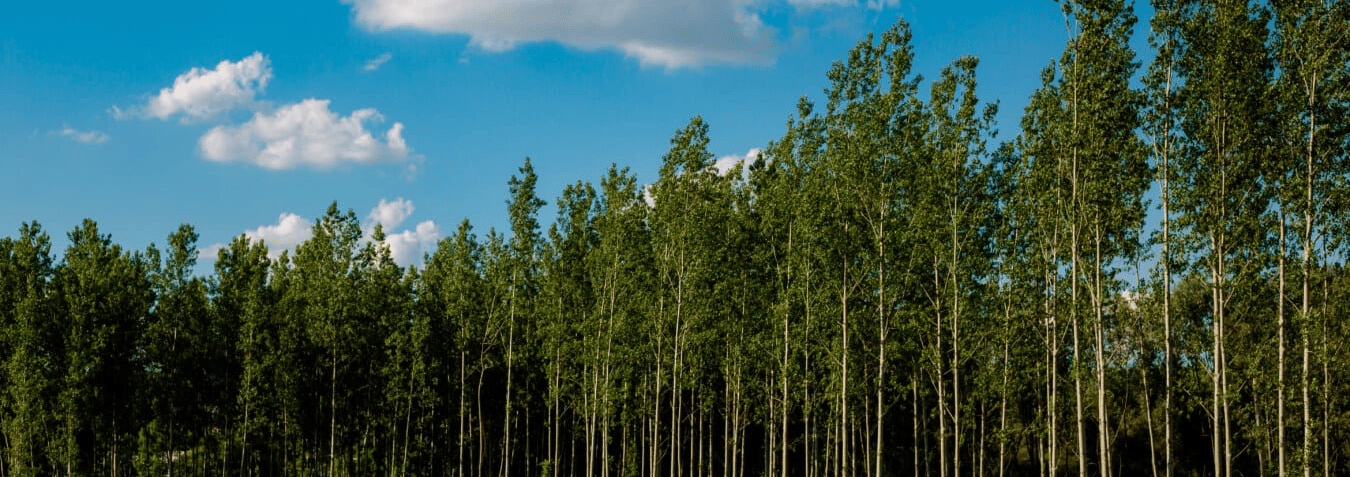Cellulose, the raw material for paper, is easy to harvest from genetically modified poplar trees. This makes paper production more energy efficient.
Genetically modifying trees using CRISPR-Cas technology can dramatically reduce energy consumption in the paper industry.
The biologist says that making paper requires a lot of water and energy Jack Wang from North Carolina State University, USA. In 2021, the carbon footprint of the paper industry will be 190 million tons. These emissions are only expected to increase until 2030, because paper production continues to increase.
Read also
I want to compare the irrational tendencies of chimpanzees and humans
Where do our cognitive abilities come from? To find out, cognitive behavioral ecologist Carlene Janmaat goes into the woods and does research…
lignin
One of the most energy-intensive steps in the manufacturing process is the removal of lignin from the wood. In the structure of wood, lignin is bound to cellulose, the molecule that makes up paper. To separate the two requires high pressures, temperatures, and a lot of water.
Wang, fellow biologist Rudolph Barango Their colleagues wondered if they could genetically modify the trees to contain less lignin. They looked specifically at poplars, a commonly used paper tree. This must be done with caution, because lignin also plays an important role in the “structure, integrity, and resilience of trees,” Barango says.
filter
To create such a modified tree, the researchers used artificial intelligence (AI) that analyzed the poplar genome. This machine learning process resulted in sets of genes that the researchers could modify using CRISPR-Cas. The program showed 69,123 ways to modify 21 genes.
The researchers filtered through this mountain of options by investigating which genetic modifications have the best chance of reducing the amount of lignin in poplars without making the tree too vulnerable. Only 0.5 percent of the options passed this selection procedure. Of these, the researchers selected the seven most robust-looking options. In the end, they developed 174 different CRISPR-Cas poplar varieties.
After six months, the team found the lignin concentration in the modified trees to be as high as 49 percent less than ordinary poplars, They write in the journal Science.
Commercial use
“As climate change becomes more prominent, a potentially concrete and practical solution like this to reduce the carbon footprint of the paper industry is very exciting,” says Wang.
Barango says the poplars have been growing for a year now, and they don’t seem to have structural problems. The researchers plan to plant a number of trees in the forest to study the long-term effects of gene editing. They are also working on applying the same technique to other leafy tree species.
“This could be the beginning of a whole new era of sustainable forests,” Barango says. Wang hopes the trees will be used commercially on a large scale in about twenty years.

“Total coffee specialist. Hardcore reader. Incurable music scholar. Web guru. Freelance troublemaker. Problem solver. Travel trailblazer.”








More Stories
GALA lacks a chapter on e-health
Weird beer can taste really good.
Planets contain much more water than previously thought